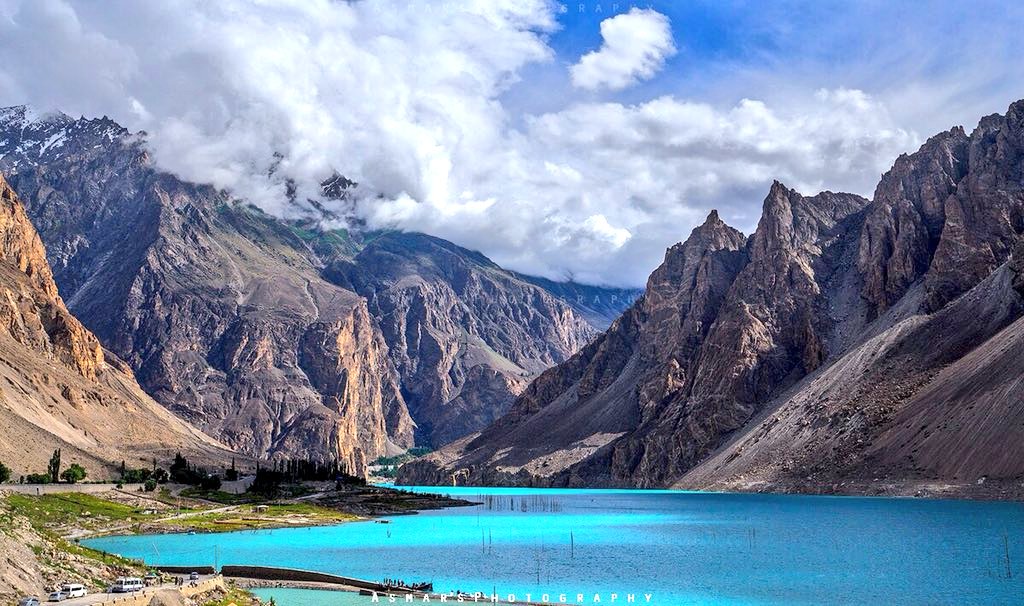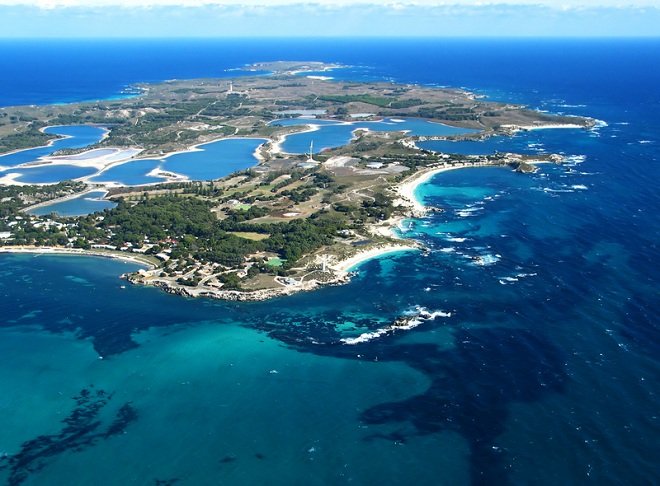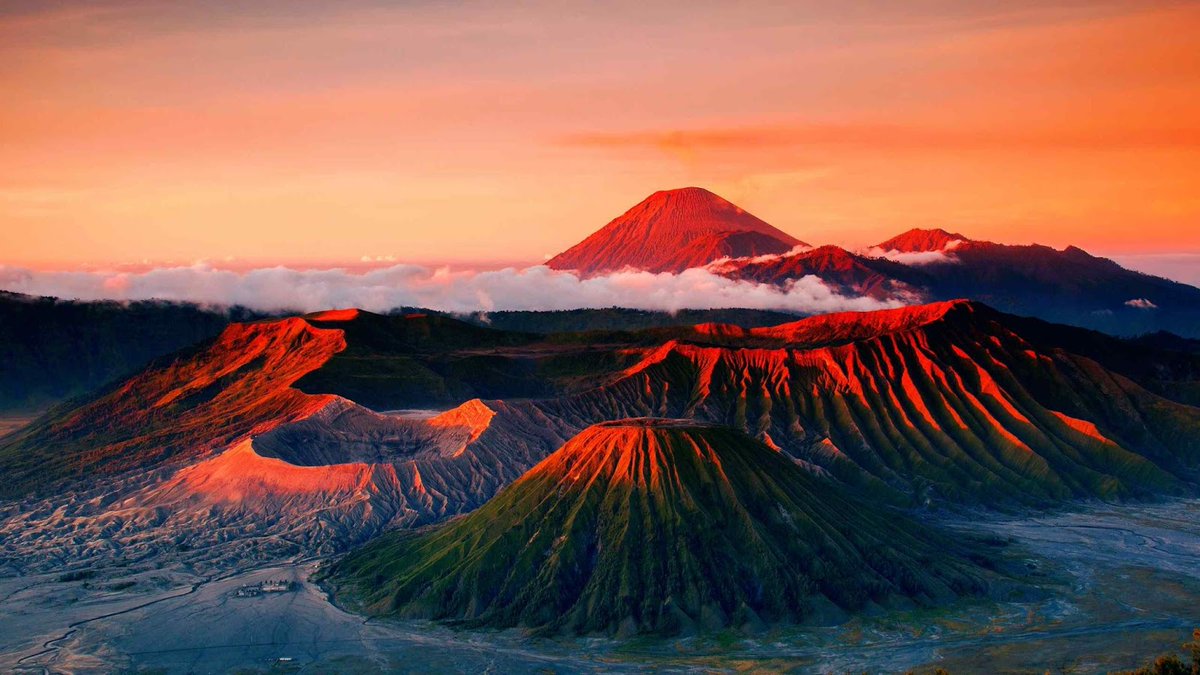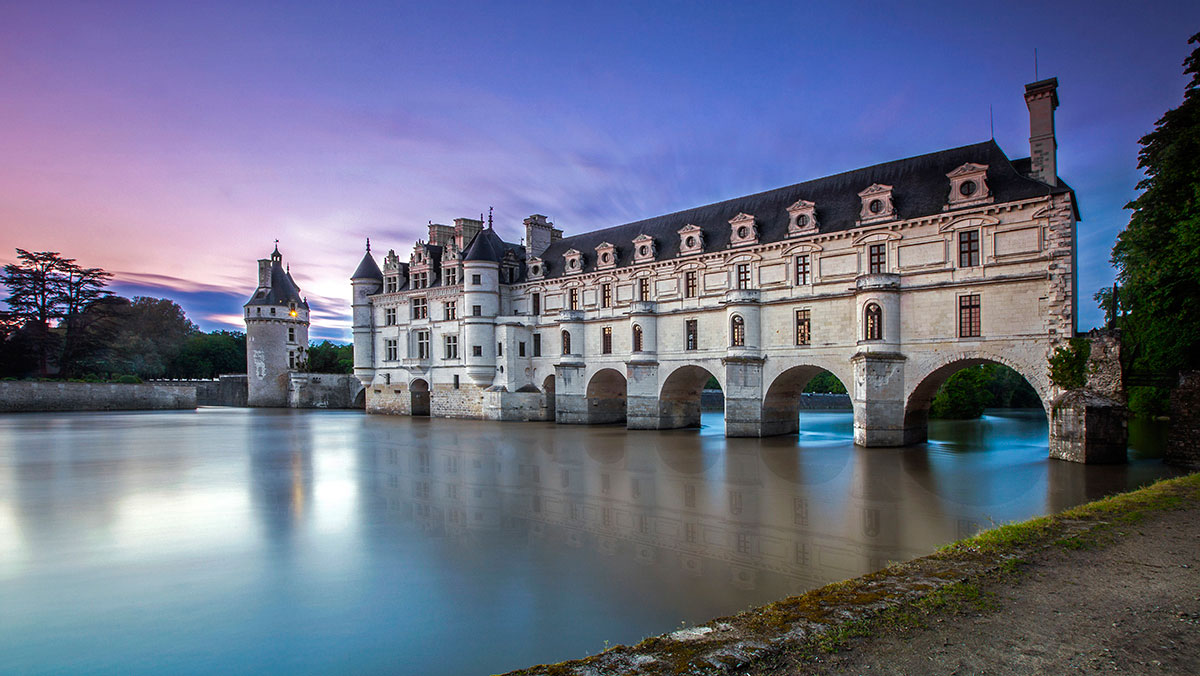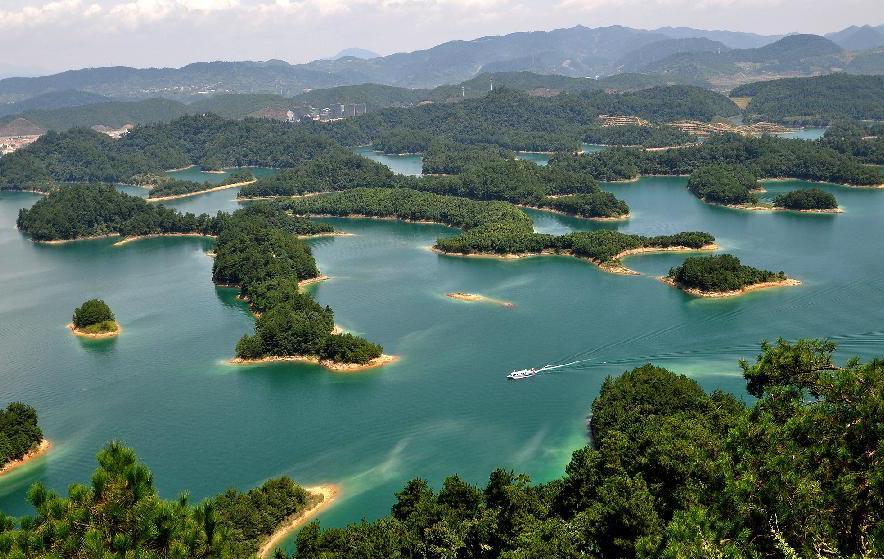The stunning blue colors of this beautiful lake, in northern Pakistan, belies its violent origin.
In January 2010, a massive landslide possibly triggered by an earthquake came crashing down the mountains and buried the village of Attabad, in Hunza Valley, in the Gilgit Baltistan region, about 760km away from Islamabad. Rocks and soil dammed the the Hunza River’s drainage area which quickly filled to maximum depth and created a new lake, displacing some six thousand people and damaging more than 20 km of the Karakoram Highway. This highway was the only connection to this remote region.Five months after the disaster, Attabad Lake grew to about 21 km in length. It snakes along the narrow valley like a massive blue serpent, complementing the spectacular beauty of the valleys of Gilgit and Hunza already dotted with dozens of beautiful turquoise mountain lakes. The lake has become a big draw for tourists. A small number of hotels and guesthouses have sprung up around the lake, and various recreationally activities such as boating, jet skiing, and fishing take place on the lake. But for those affected by the landslide, the reality is not quite so picturesque.
The Attabad disaster completely submerged four villages—Ainabad, Shishkat, Gulmit and Gulkin. Apple orchards with trees hundreds of years old, Buddhist relics, mosques, temples and wooden houses with their carved pillars all drowned in the lake. The army evacuated local people and temporarily moved them to another valley. With the highway flooded, vehicles, passengers and cargoes had to ferried across the water in wooden boats. Although the trip was often a joy for tourists, for truckers and local residents, it was a major hassle.
Five years later, the Karakoram Highway was diverted along the shores of the lake, and the lives of the people are now starting to return back to normal.
